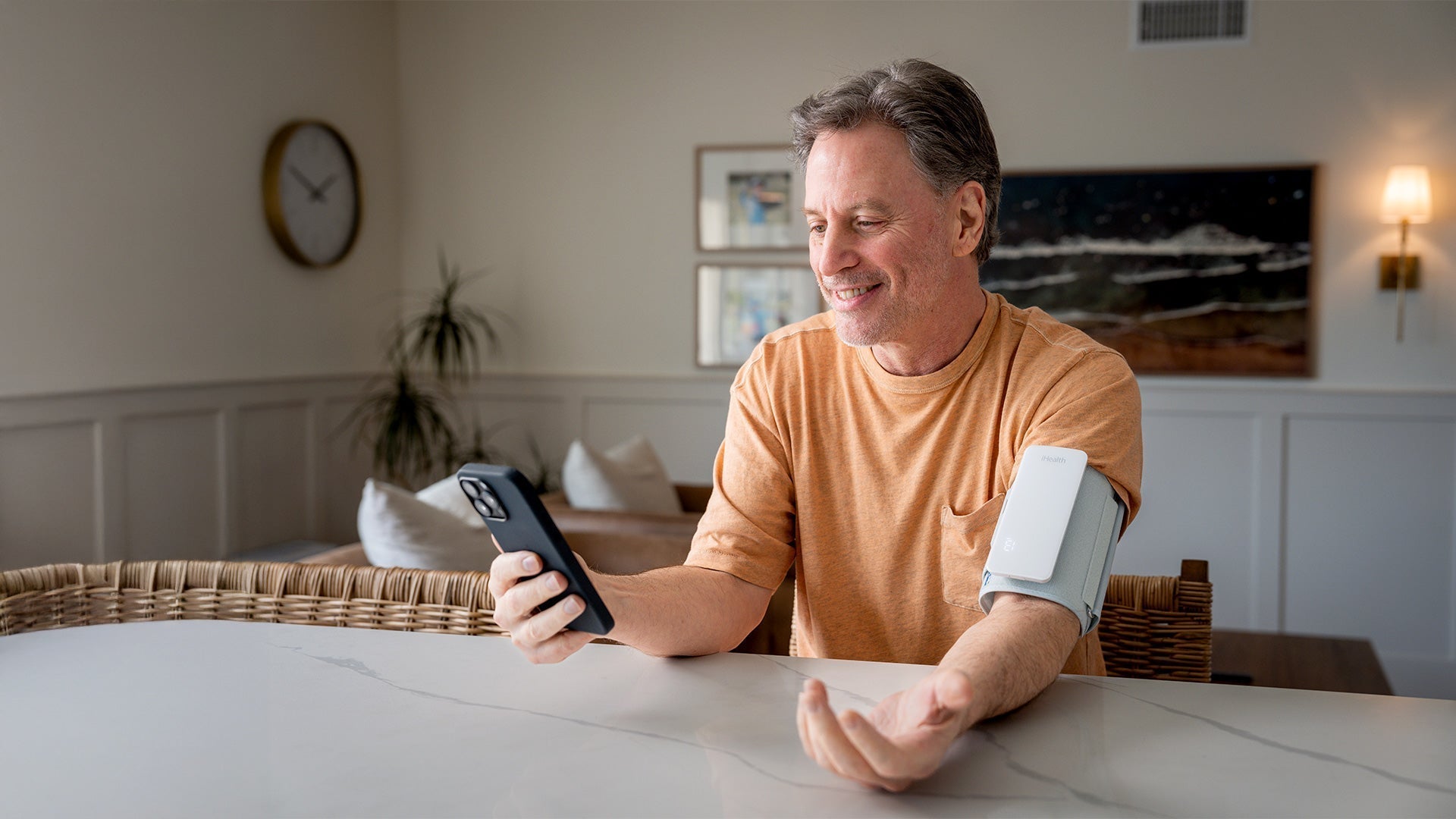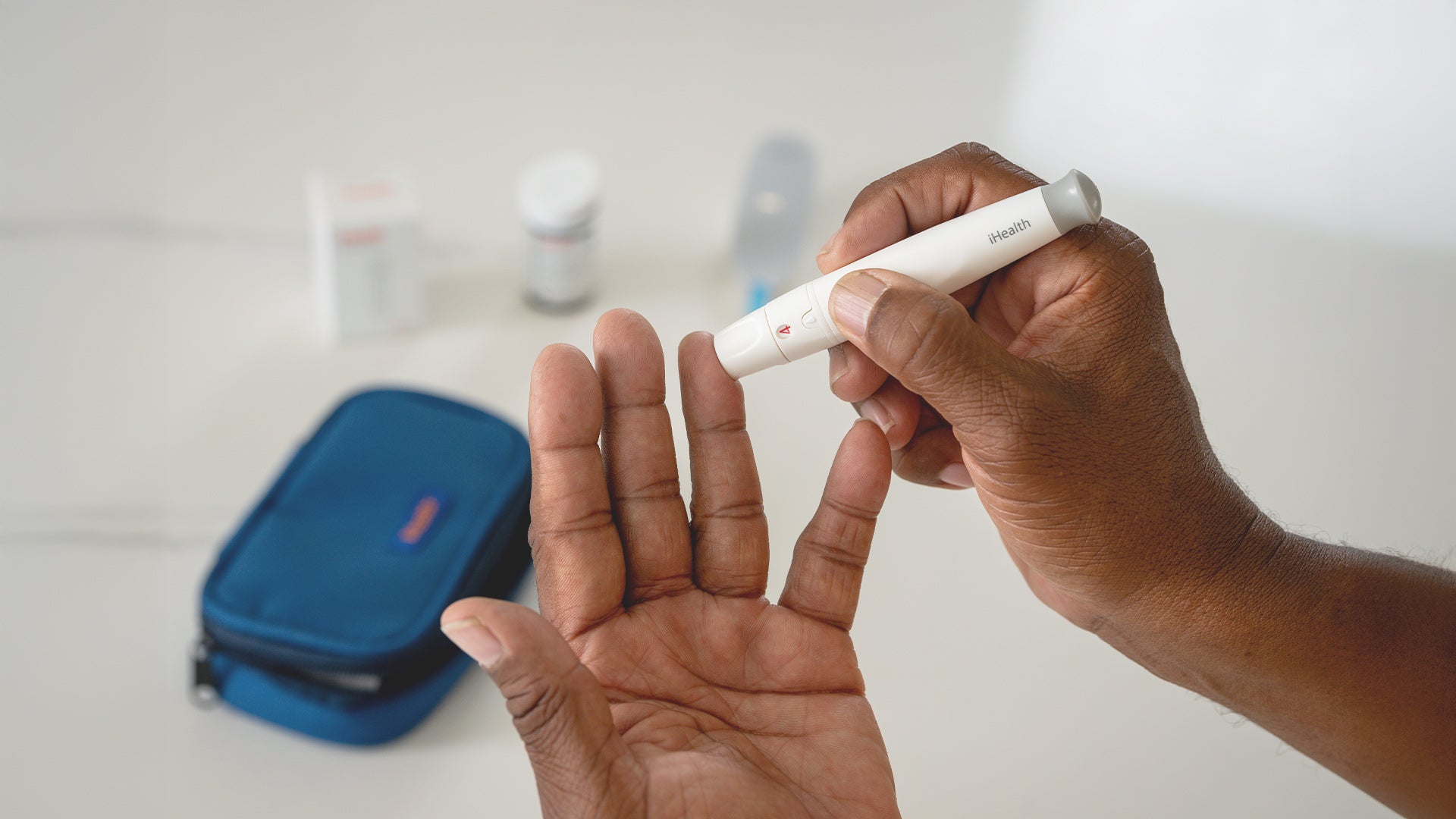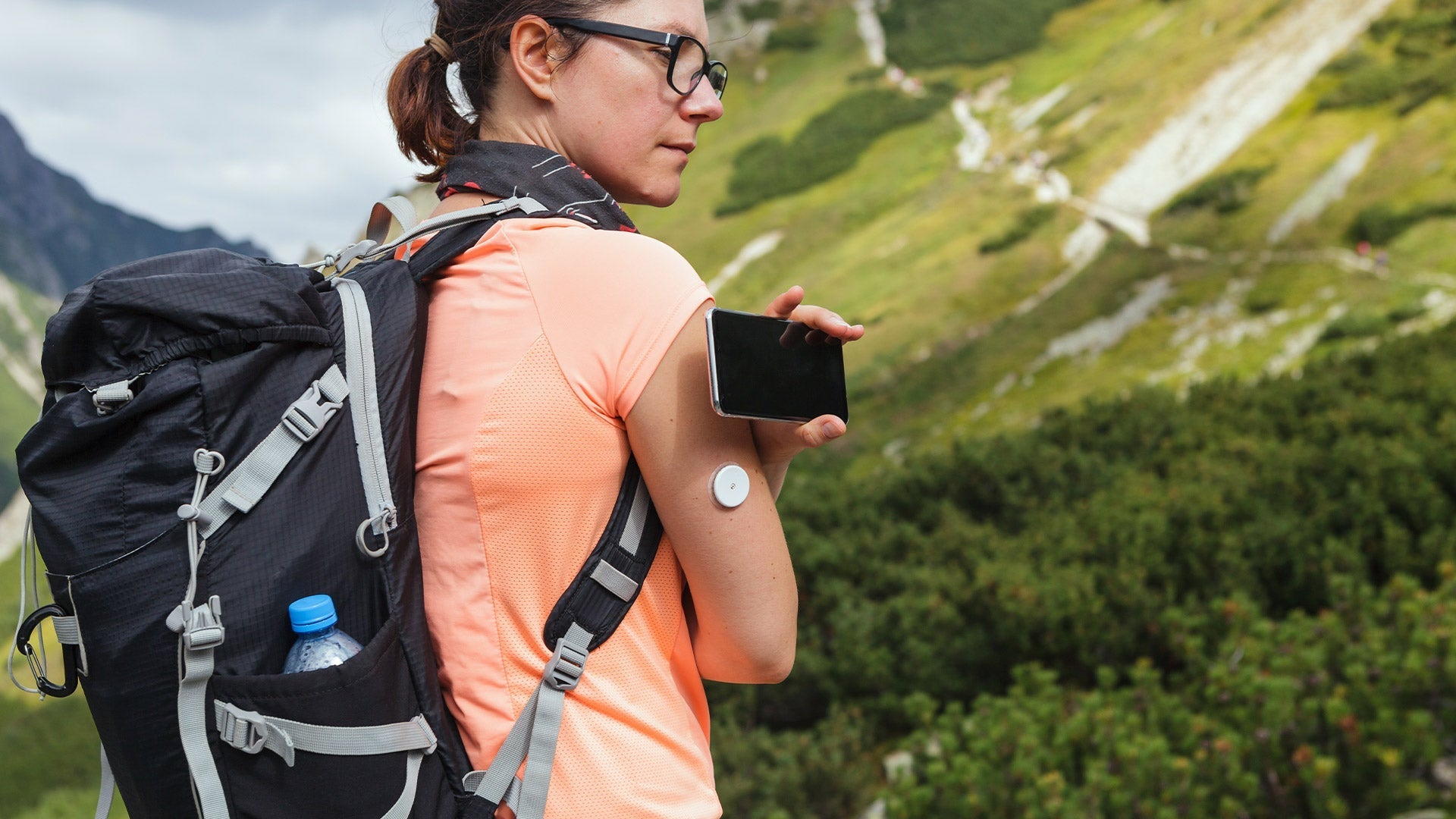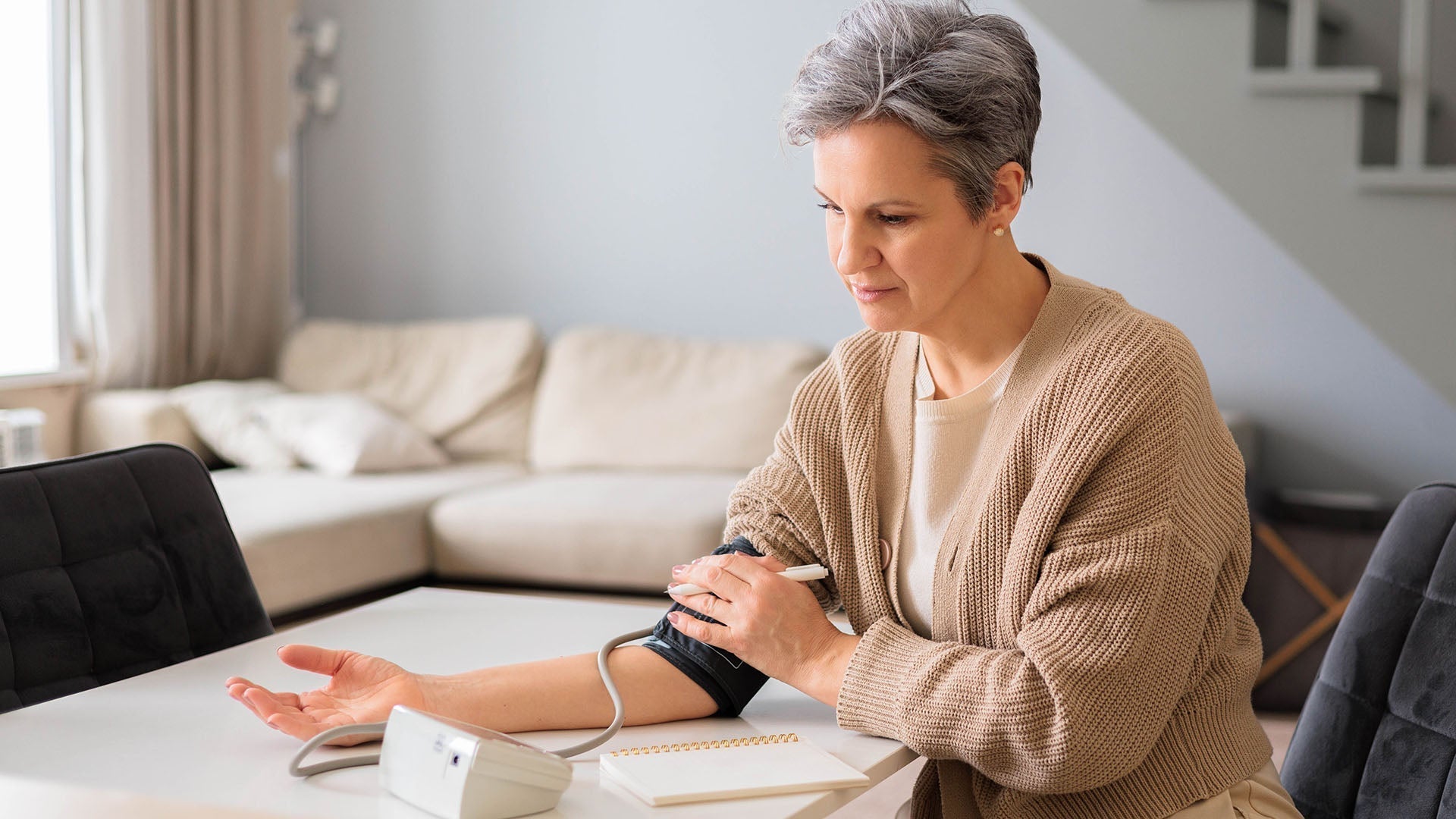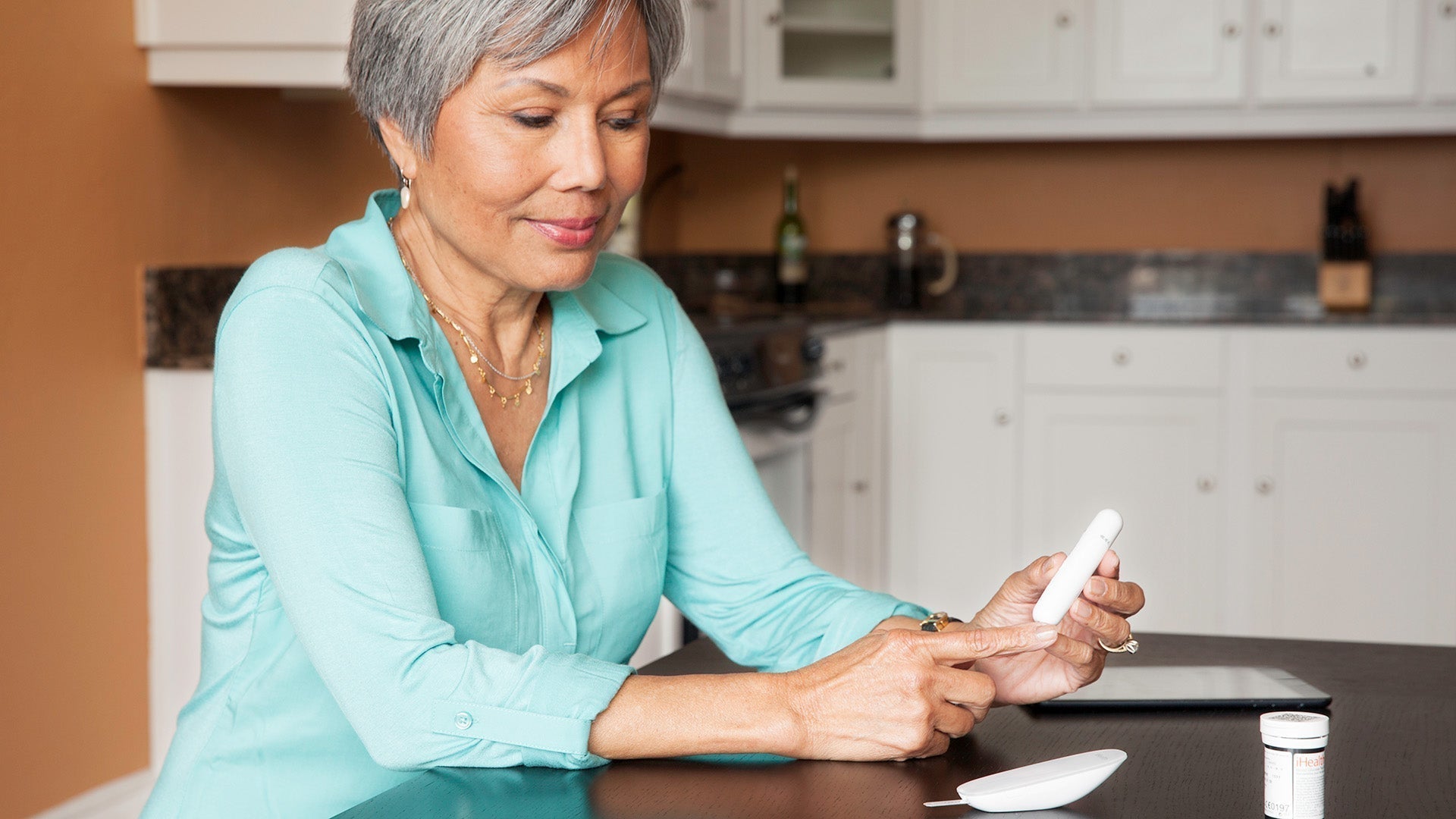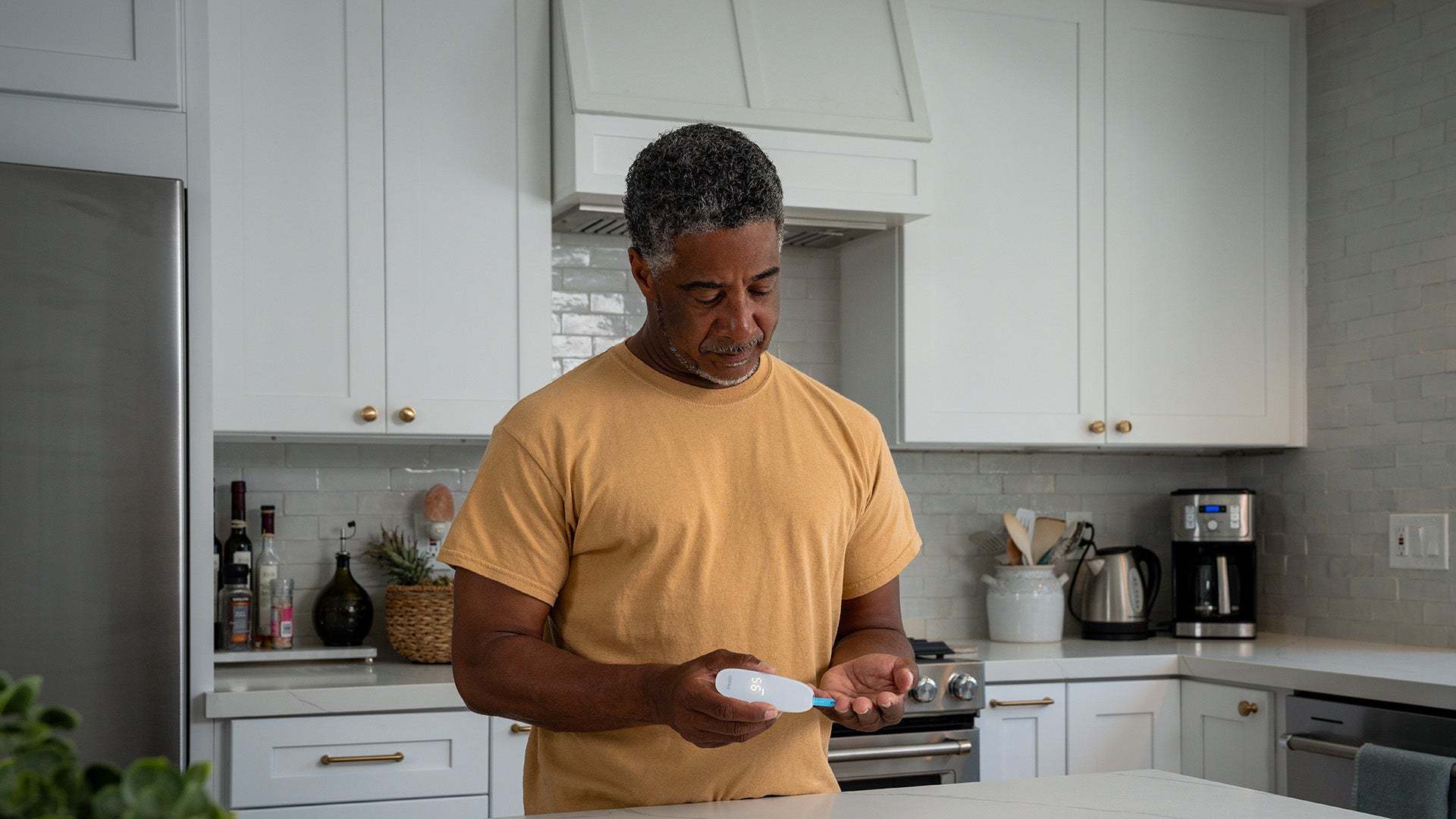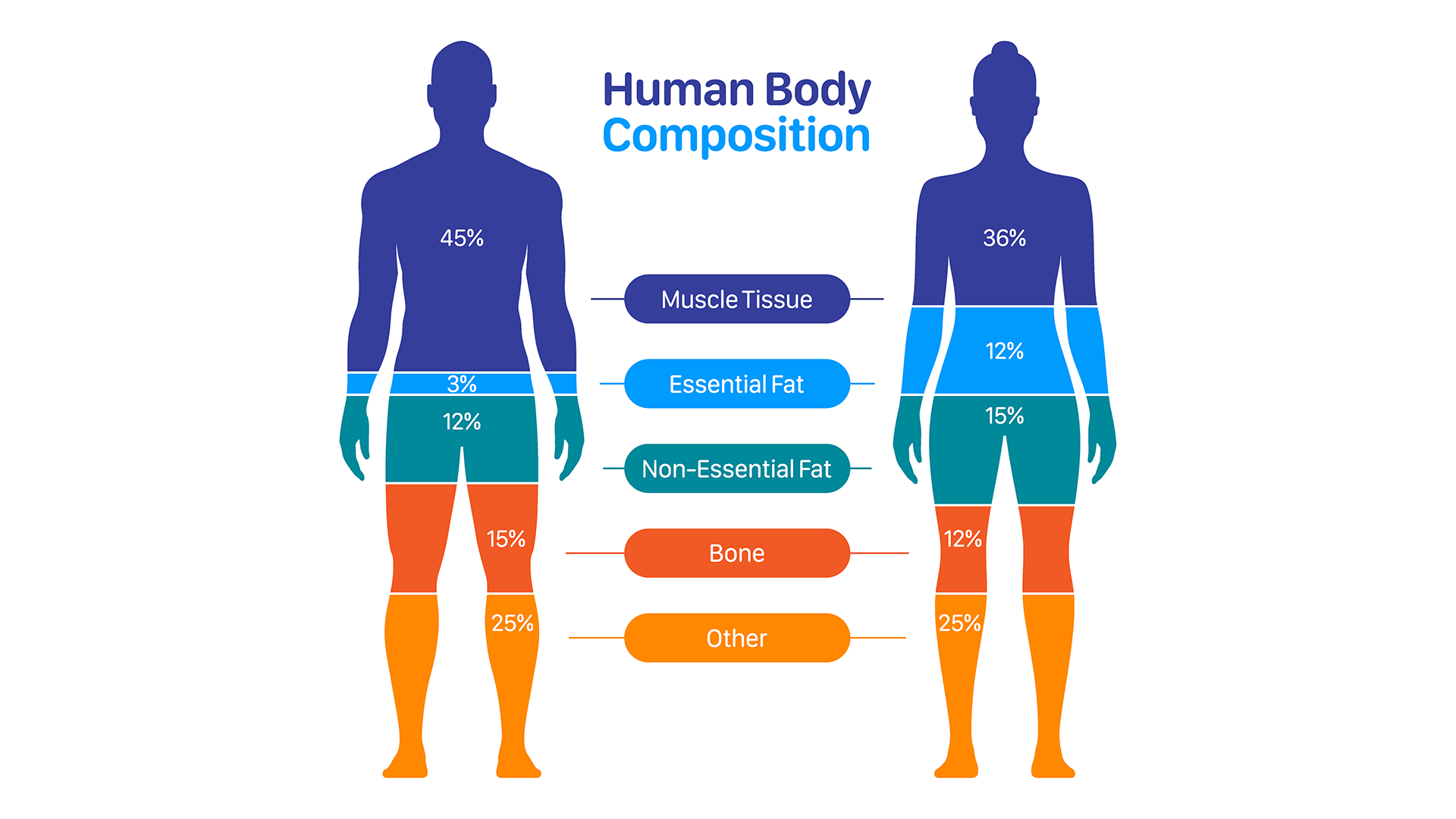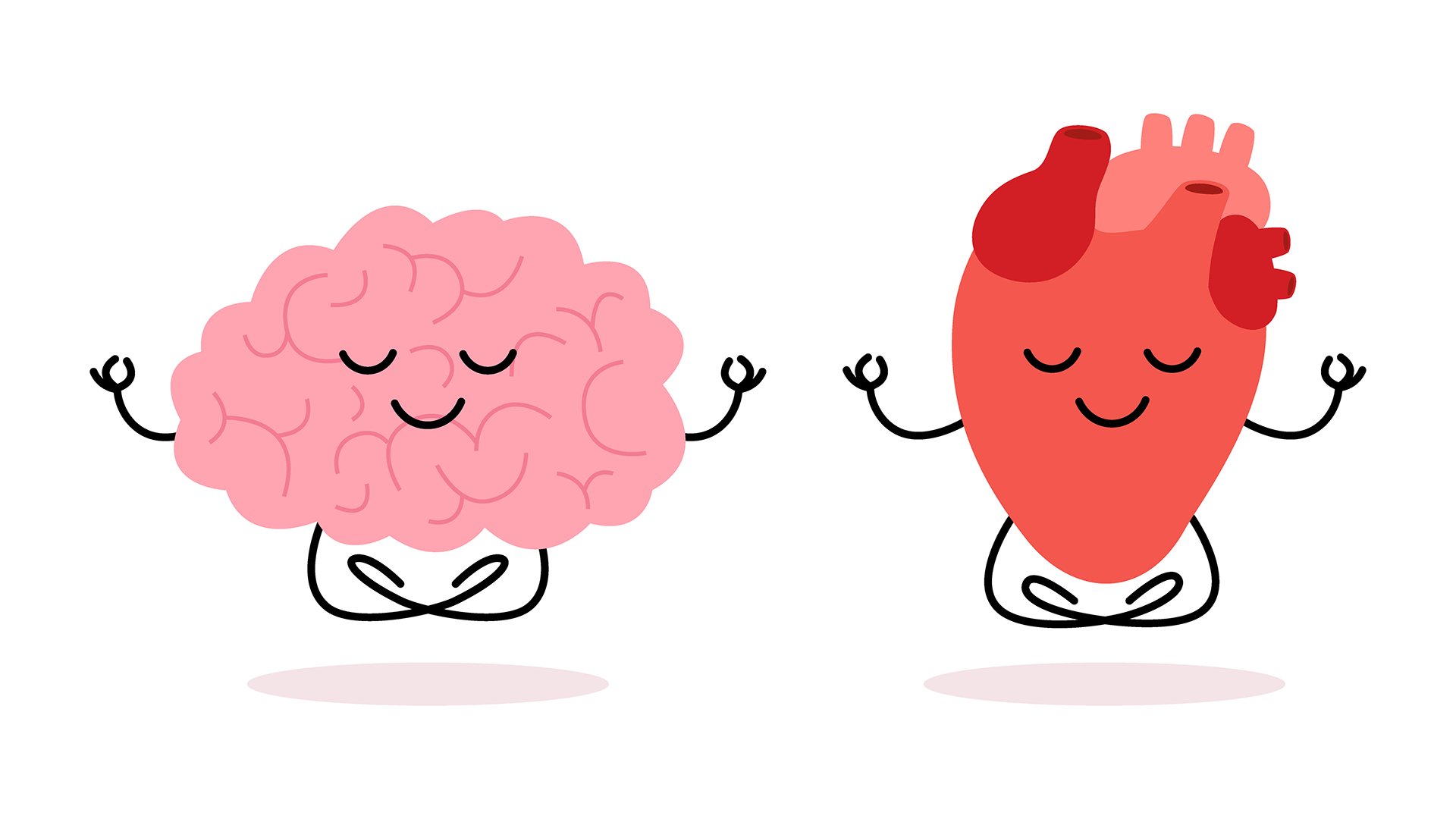Learn Your Way
to A Healthier Life
 Managing diabetes becomes even more important, and possibly more challenging, as we age. Nearly 1 in 3 adults over the age of 65 in the U.S. is living with diabetes, according to the American Diabetes Association. And while daily blood sugar monitoring is a cornerstone of diabetes management, traditional glucometers can be tricky for seniors to use.
Managing diabetes becomes even more important, and possibly more challenging, as we age. Nearly 1 in 3 adults over the age of 65 in the U.S. is living with diabetes, according to the American Diabetes Association. And while daily blood sugar monitoring is a cornerstone of diabetes management, traditional glucometers can be tricky for seniors to use.
Between small, hard-to-see screens, complicated buttons and devices that don’t play nicely with aging eyes or hands, it’s easy to see why seniors might feel frustrated, or even avoid testing altogether. That’s where glucometers come in. Thoughtfully designed smart glucose monitors combine simplicity, comfort and modern technology to make blood sugar tracking easier, more accurate and more empowering than ever before.
Why Blood Sugar Monitoring Matters More With Age
As people get older, chronic high blood sugar can affect their heart, kidneys, eyes and even their nerves. High blood sugar over time increases risk for conditions like heart disease, kidney problems and vision loss. Catching these changes early can help individuals and their doctors take action before bigger issues arise.
And if you’ve ever experienced low blood sugar (hypoglycemia), you know how disorienting it can feel. For older adults, low blood sugar is especially dangerous, increasing the risk of falls, confusion and slower recovery. That’s why real-time monitoring with a glucometer isn’t just helpful, it’s essential for quality of life.
Tools like the iHealth Gluco+ glucometer for instance, make it easier to check blood sugar quickly and clearly, giving users the confidence to make smarter decisions around meals, exercise and medications. Seniors will also have the ability to stay more independent, while still giving their doctors or caregivers the ability to spot patterns and support their care when needed.
Challenges with Traditional Glucometers
Many traditional blood sugar meters just weren’t made with aging in mind. Some of the most common challenges with glucometers are due to:
- Poor visibility reading the screen
- Reduced dexterity for finger tips
- Complex devices or changing technology
If you’ve ever squinted to read a tiny screen, fumbled with small buttons or felt overwhelmed trying to use a complicated device, you’re not alone. For seniors in particular, poor vision, arthritis, tremors and even memory concerns can make it frustrating—if not downright difficult—to use a standard glucometer.
For many older adults, this leads to avoiding testing as often as they need to be or total reliance on a caregiver. And that can make diabetes harder to manage.
That's why using a smart glucometer —like the iHealth Gluco+—can make a big difference.

Real World Benefits for Seniors with Smart Glucometers
Managing diabetes doesn’t have to feel complicated or frustrating with today’s smart glucometers. A few features that seniors may benefit from with smart glucometers include:
- Stand-alone monitors. The Gluco+ for instance, can be used without its companion app for a simple, no-tech experience.
- Advanced LED screens. Bright, bold numbers make it easy to read results, even in dim lighting.
- Adjustable lancing devices. Comfort settings help minimize pain for those with sensitive skin or thin fingers.
- No-coding technology. No more manual entry—just test and go. Everything is stored immediately.
- Simple operation. Many of today’s smart glucometers require just a few steps to get results.
- Ergonomic design. Comfortable to hold and use, especially for seniors dealing with joint pain or hand stiffness.
Smart glucometers can also provide seniors with:
- Greater independence. The easy-to-use features allow for monitoring of blood sugar confidently.
- Less caregiver support needed. Simplified operation and data sharing reduce the burden on family or caregivers.
- Smarter conversations with doctors. Clear trends help healthcare providers personalize your treatment plans and spot issues early.
- Fewer long-term complications. Daily tracking helps catch patterns like morning spikes or low dips before they turn into bigger problems.
When it comes to managing diabetes later in life, consistency and clarity are key. That’s where a smart glucometer can make a real difference. It’s not just about knowing the numbers; it’s about what those numbers can empower seniors to do on their own in managing their diabetes.
Sign Up For More From iHealth
Receive the Latest News and Special Offers




